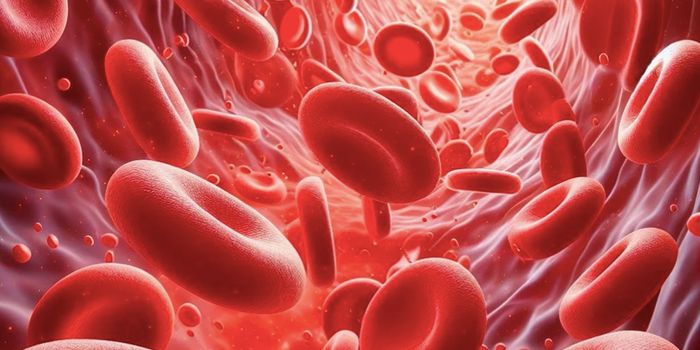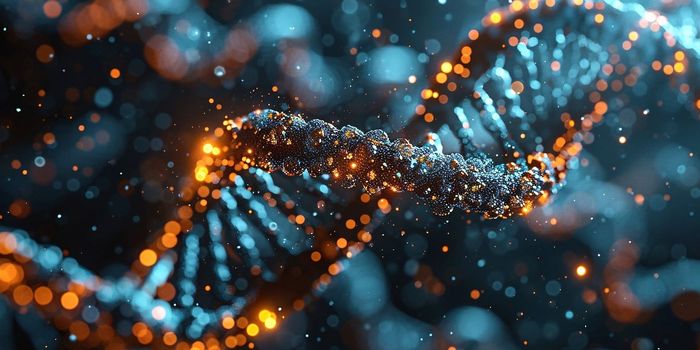Braveheart RNA Structure is Revealed For the First Time
In cells, the genes in our DNA are transcribed into RNA, which is then translated into protein. But protein-coding genes only make up a small part of the genome, and not all RNA is made as an intermediary between the genome and proteins. The purpose of a huge portion of the human genome is still unknown, and some RNA is not translated into protein, functioning instead to regulate gene expression. Researchers have now revealed the three-dimensional structure of one type of RNA known as Braveheart; this RNA molecule is non-coding, it turns stem cells into heart cells. The findings were reported in Nature Communications.
"As far as we know this is the first full 3D structural study of any long, non-coding RNA (lncRNA) other than a partial structure," said the corresponding study author Karissa Sanbonmatsu, a structural biologist at Los Alamos National Laboratory. "A better understanding of these RNAs could lead to new strategies in regenerative medicine for people with heart conditions due to cardiovascular disease or aging."
The researchers used small-angle X-ray scattering (SAXS), a technique that revealed the envelope of the RNA molecule, team member Professor Trushar Patel said. The team applied computational tools to generate structures that fit inside of those envelopes.
"Our work represents the first step in showing that these difficult-to-image RNAs do possess 3D structures and that these molecular structures may very well determine how they operate," said Sanbonmatsu. "The RNA studied is called "Braveheart;" it triggers the transformation of stem cells into heart cells."
Long non-coding RNAs (described in the video above) may make up around 90 percent of the genome, and some are involved in adult stem cell reprogramming. They are also known to modulate post-translational modification and translation, processes that involve the creation of proteins from genes.
This study can help scientists learn more about the physiological roles of lncRNAs and how they help control gene expression. A better understanding of the biological mechanisms that lncRNAs are involved in will also help us determine how they might influence human disease. It has already been suggested that dysfunctional lncRNAs are involved in the etiology of Alzheimer's Disease, diabetes, and some kinds of cancer.
Sources: Phys.org via Los Alamos National Laboratory, Nature Communications








